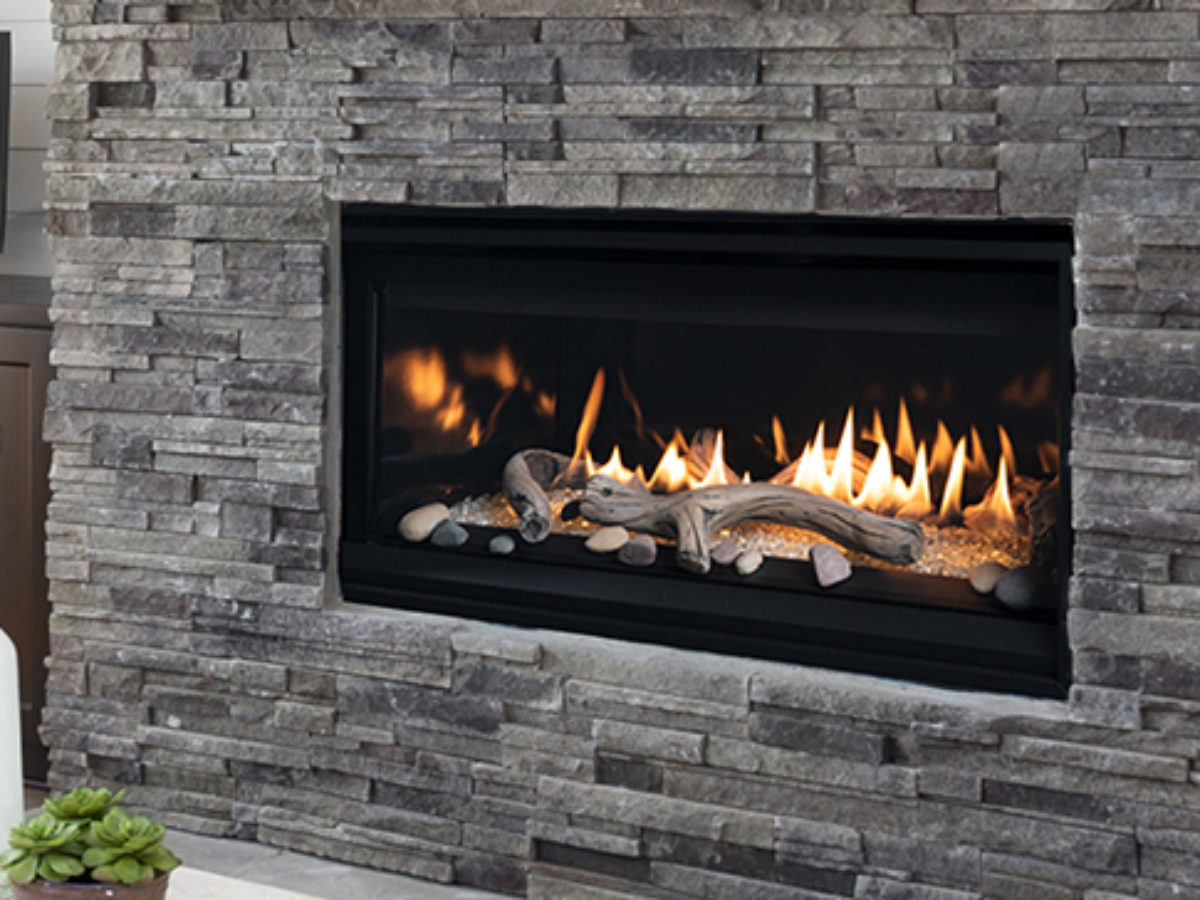

Articles
Why Won’t My Fireplace Stay Lit
Modified: January 18, 2024
Discover the possible reasons why your fireplace won't stay lit with our insightful articles. Find solutions to common issues and enjoy a cozy fire in no time.
(Many of the links in this article redirect to a specific reviewed product. Your purchase of these products through affiliate links helps to generate commission for Storables.com, at no extra cost. Learn more)
Introduction
Having a fireplace can be a cozy and inviting addition to any home. There’s nothing quite like snuggling up by a warm fire on a cold winter night. However, if you’ve experienced the frustration of your fireplace consistently going out shortly after you light it, you’re not alone. Many homeowners have encountered this issue and are left wondering why their fireplace won’t stay lit.
There can be several reasons why a fireplace fails to stay lit, ranging from simple fixes to more complex issues. In this article, we will explore the possible causes for a fireplace not staying lit and provide troubleshooting steps to help you fix the problem.
So, if you’re tired of constantly relighting your fireplace only to have it extinguish shortly after, read on to discover the common culprits and the solutions to keep your fireplace burning bright.
Key Takeaways:
- Troubleshooting fireplace issues involves cleaning, inspecting components, and ensuring proper airflow and gas supply. Regular maintenance and professional help can restore your fireplace’s functionality and keep the flame burning bright.
- Addressing damper, pilot light, and gas supply problems can help maintain a steady flame. Professional inspections and maintenance are essential for a safe and cozy fireplace experience.
Read more: Why Wont My Washer Turn On
Possible Causes for Fireplace Not Staying Lit
1. Insufficient Airflow:
Insufficient airflow is one of the primary reasons why a fireplace may struggle to stay lit. A fireplace requires proper ventilation to ensure the fire gets enough oxygen to burn efficiently. If the airflow is compromised, it can cause the flame to flicker or go out entirely.
2. Blocked Chimney or Flue:
A blockage in the chimney or flue can hinder the upward movement of smoke and create an imbalance in the airflow. This imbalance can cause the fire to struggle or extinguish. Common causes of blockages include debris, bird nests, or creosote buildup.
3. Pilot Light Issues:
If you have a gas fireplace, a faulty pilot light can prevent the main burner from igniting and staying lit. Pilot light issues can be caused by a malfunctioning thermocouple, a clogged pilot orifice, or a gas supply problem.
4. Gas Supply Problems:
Inadequate gas supply can also be a culprit for a fireplace not staying lit. The gas valve may not be fully open or there could be a problem with the gas line, such as a leak or a blockage. Insufficient gas flow can lead to a weak flame or cause the fire to extinguish altogether.
5. Damaged or Malfunctioning Fireplace Components:
Over time, fireplace components can suffer wear and tear, resulting in issues that prevent the flame from staying lit. Faulty ignition systems, malfunctioning gas valves, or damaged thermocouples can all contribute to a fireplace’s inability to remain lit.
Now that we have explored the possible causes behind a fireplace not staying lit let’s move on to the troubleshooting steps that will help you fix the issue. Remember to always exercise caution when working with fire and gas appliances to ensure your safety.
Note: This article is intended for informational purposes only. If you’re unsure or uncomfortable with performing troubleshooting steps, it’s advisable to consult a professional fireplace technician.
Key Takeaways:
- Troubleshooting fireplace issues involves cleaning, inspecting components, and ensuring proper airflow and gas supply. Regular maintenance and professional help can restore your fireplace’s functionality and keep the flame burning bright.
- Addressing damper, pilot light, and gas supply problems can help maintain a steady flame. Professional inspections and maintenance are essential for a safe and cozy fireplace experience.
Read more: Why Wont My Washer Turn On
Possible Causes for Fireplace Not Staying Lit
When your fireplace repeatedly fails to stay lit, it can be frustrating and perplexing. However, understanding the possible causes can help you diagnose and resolve the issue more effectively. Here are some common reasons why fireplaces struggle to stay lit:
1. Insufficient Airflow:
A fireplace requires proper airflow to maintain a healthy and consistent flame. If there isn’t enough oxygen supply, the fire can become weak and eventually extinguish. Various factors can restrict airflow, such as closed or partially closed dampers, blocked air vents or grates, or a room that is too tightly sealed.
2. Blocked Chimney or Flue:
A blockage in the chimney or flue can hinder the proper functioning of a fireplace. Blockages can occur due to the accumulation of debris, bird nests, or the buildup of creosote, a flammable substance formed by burning wood. When the chimney or flue is obstructed, it restricts the flow of smoke and reduces the draft, making it challenging for the fire to stay lit.
3. Pilot Light Issues:
Gas fireplaces rely on a pilot light to ignite the main burner. If there are issues with the pilot light, such as a weak or inoperative flame, the main burner may fail to stay lit. Common causes of pilot light problems include a dirty or clogged pilot orifice, a malfunctioning thermocouple, or a faulty gas valve.
4. Gas Supply Problems:
In gas fireplaces, an adequate supply of gas is crucial for maintaining a consistent flame. Gas supply issues can occur if the gas valve is not fully open or if there is a problem with the gas line, such as a leak or a blockage. Insufficient gas flow can result in a weak or intermittent flame, causing the fire to go out.
5. Damaged or Malfunctioning Fireplace Components:
Over time, the various components of a fireplace can deteriorate or malfunction, impacting its ability to stay lit. Faulty ignition systems, malfunctioning gas valves, worn-out thermocouples, or damaged burners can all contribute to an unreliable flame. Additionally, if the fireplace has suffered physical damage, such as cracks or broken parts, it may affect its performance and result in the fire going out.
Identifying the possible causes behind your fireplace not staying lit is the first step in troubleshooting and resolving the issue. In the next section, we will explore the necessary steps to fix and restore your fireplace’s performance so that you can enjoy a warm and cozy atmosphere in your home.
Insufficient Airflow
Insufficient airflow can significantly impact the ability of a fireplace to stay lit. Without adequate oxygen supply, the fire will struggle to burn efficiently, resulting in a weak flame or even extinguishment. There are several factors that can contribute to insufficient airflow:
1. Closed or Partially Closed Dampers:
The damper is a crucial component of a fireplace that controls the airflow. If the damper is closed or only partially open, it restricts the amount of oxygen that enters the firebox. Check if the damper is fully open before lighting the fireplace to ensure proper airflow.
2. Blocked Air Vents or Grates:
Air vents and grates in and around the fireplace play a vital role in maintaining an optimal oxygen supply. If these vents or grates are blocked or obstructed, it restricts the flow of fresh air into the firebox. Regularly clean and clear any debris or obstructions from the vents and grates to ensure proper airflow.
3. Tightly Sealed Room:
A tightly sealed room can limit the availability of oxygen for the fireplace. Modern homes with good insulation and weather sealing are designed to retain heat and energy, but they can also restrict the airflow. If you notice that your fireplace is struggling to stay lit, try opening a window or door slightly to introduce more fresh air into the room, improving the oxygen supply.
To improve the airflow and ensure your fireplace stays lit, there are a few steps you can take:
– Before lighting the fireplace, check that the damper is fully open to allow for optimal airflow.
– Regularly clean and clear any debris or obstructions from the air vents and grates around the fireplace.
– If your home is tightly sealed, try opening a window or door slightly during fireplace use to introduce more fresh air into the room.
– Consider installing a fireplace hood or chimney cap designed to enhance airflow while still preventing downdrafts and protecting against rain and debris.
By addressing the issue of insufficient airflow, you can improve the performance of your fireplace and ensure a steady and long-lasting flame. However, if the problem persists after addressing the airflow, it may be necessary to explore other potential causes for your fireplace not staying lit.
Blocked Chimney or Flue
A blocked chimney or flue can greatly hinder the proper functioning of a fireplace, leading to difficulties in keeping the fire lit. The chimney and flue are responsible for removing smoke and other combustion byproducts, while also allowing fresh air to enter for proper combustion. When these pathways become obstructed, it disrupts the airflow and can cause the flame to struggle or extinguish. Here are some common causes of blockages in the chimney or flue:
1. Debris Buildup:
Over time, soot, ash, and creosote (a byproduct of burning wood) can accumulate in the chimney. This buildup can restrict the passage of smoke and air, causing poor ventilation. Regular chimney cleaning is essential to remove any debris and maintain proper airflow.
2. Bird Nests or Animal Intrusions:
Chimneys provide cozy nesting spots for birds and other small animals. If left unchecked, these nests can block the chimney, preventing airflow and causing smoke to back up into the room. Installing a chimney cap or bird guard can help prevent critters from entering and nesting in the chimney.
3. Creosote Buildup:
Creosote is a highly flammable substance that forms when wood is burned. If allowed to accumulate, it can restrict the flow of air and increase the risk of a chimney fire. Regular chimney sweeping is necessary to remove creosote buildup and maintain a safe and efficient chimney.
To address a blocked chimney or flue and ensure your fireplace stays lit, here are some steps you can take:
– Schedule regular chimney inspections and cleanings by a professional chimney sweep. They will remove any debris, creosote buildup, or animal intrusions that may be blocking the flue.
– Install a chimney cap or bird guard to prevent birds and small animals from entering and nesting in your chimney.
– Avoid using wet or unseasoned wood, as it produces more smoke and increases the chances of creosote buildup.
– Use proper fireplace tools and techniques to minimize the amount of ash and debris that enters the chimney.
By addressing any blockages in the chimney or flue, you can ensure that proper airflow is maintained, allowing your fireplace to function optimally. However, if the issue of a fireplace not staying lit persists after addressing the chimney and flue, it may be necessary to investigate other potential causes.
Read more: Why Wont My Dishwasher Turn On
Pilot Light Issues
For gas fireplaces, a functioning pilot light is essential for igniting and sustaining the main burner flame. If you’re experiencing issues with your fireplace staying lit, it’s important to inspect the pilot light and address any problems that may be present. Here are some common pilot light issues that can cause a fireplace to go out:
1. Weak or Inoperative Pilot Flame:
The pilot flame should be strong and steady, enveloping the thermocouple, which is a heat-sensitive sensor that detects the pilot light’s presence. If the pilot flame is weak, flickering, or not present at all, it may indicate a problem with the pilot assembly.
2. Dirty or Clogged Pilot Orifice:
Over time, the pilot orifice can become dirty or clogged with debris, restricting the flow of gas to the pilot flame. This can result in a weak or unreliable pilot light that struggles to ignite or stay lit.
3. Malfunctioning Thermocouple:
The thermocouple is a safety device that senses the presence of the pilot flame. It generates a small electrical current that keeps the gas valve open. If the thermocouple is faulty or damaged, it may fail to generate the necessary current, causing the gas valve to close and the flame to go out.
4. Faulty Gas Valve:
The gas valve controls the flow of gas to the pilot light and main burner. A malfunctioning gas valve can prevent the pilot flame from staying lit or prevent the main burner from igniting. Electrical issues or physical damage to the gas valve can impair its ability to function properly.
To troubleshoot and resolve pilot light issues, consider the following steps:
– Carefully inspect the pilot assembly, ensuring that the flame is strong, steady, and fully enveloping the thermocouple. If the flame is weak or flickering, clean the pilot orifice using a needle or compressed air to remove any debris or blockages.
– Check the thermocouple for any signs of damage or wear. If it appears to be in poor condition, it may need to be replaced by a qualified professional.
– Test the gas valve by turning off the fireplace and disconnecting the gas supply. Wait for a few minutes and then reconnect the gas supply. If the pilot light ignites and stays lit, it may indicate a problem with the gas valve that requires professional attention.
Remember, working with gas appliances can be dangerous, and it’s recommended to consult a qualified technician if you’re unsure or uncomfortable performing troubleshooting steps.
By addressing pilot light issues promptly, you can ensure that your gas fireplace ignites and stays lit, creating a warm and cozy ambiance in your home. If the issue persists, it may be necessary to explore other potential causes for your fireplace not staying lit.
Gas Supply Problems
When it comes to gas fireplaces, a steady and reliable gas supply is crucial for maintaining a consistent flame. If you’re experiencing issues with your fireplace not staying lit, it’s important to investigate the gas supply and address any problems that may be affecting it. Here are some common gas supply problems that can cause a fireplace to go out:
1. Partially Closed Gas Valve:
A partially closed gas valve can restrict the flow of gas to the fireplace, resulting in a weak or intermittent flame. Make sure that the gas valve connected to your fireplace is fully open to allow for optimal gas flow.
2. Gas Line Issues:
Problems with the gas line can also affect the supply of gas to the fireplace. This can be due to a leak in the line or a blockage that impedes the flow of gas. Gas leaks can be dangerous, so if you suspect a gas leak, it’s important to shut off the gas supply and contact a professional immediately.
3. Insufficient Gas Pressure:
In some cases, the gas pressure may not be adequate to sustain a consistent flame in the fireplace. This can be due to issues with the gas regulator or problems with the gas supply from the utility provider. Contact your gas provider or a qualified technician to check the gas pressure and ensure it meets the necessary requirements for your fireplace.
To troubleshoot and address gas supply problems, consider the following steps:
– Check the gas valve connected to your fireplace and ensure that it is fully open to allow for optimal gas flow.
– Inspect the gas line for any signs of leaks or damage. If you detect a gas leak, immediately turn off the gas supply and contact a professional.
– If you suspect an issue with gas pressure, contact your gas provider or a qualified technician to assess and adjust the pressure as needed.
Remember, working with gas appliances can be dangerous, and it’s crucial to prioritize safety. If you’re unsure or uncomfortable working with gas, it’s always best to consult a professional technician who can properly diagnose and resolve gas supply problems.
By addressing gas supply problems, you can ensure a consistent and reliable gas flow to your fireplace, allowing it to stay lit and provide warmth and ambiance to your home. If the issue persists, it may be necessary to explore other potential causes for your fireplace not staying lit.
Damaged or Malfunctioning Fireplace Components
Damage or malfunctioning components within the fireplace itself can also contribute to the issue of a fireplace not staying lit. Over time, wear and tear can occur, leading to problems that affect the performance of the fireplace. Here are some common components that may be causing the issue:
1. Faulty Ignition System:
The ignition system of a fireplace is responsible for initiating the flame. If the ignition system is faulty or damaged, it may fail to ignite the main burner or cause the flame to go out shortly after ignition. This can be caused by issues with the ignition switch, wiring, or the electronic ignition module.
2. Malfunctioning Gas Valve:
The gas valve controls the flow of gas to the pilot light and the main burner. If the gas valve is malfunctioning, it may not allow for a steady flow of gas, resulting in a weak or unreliable flame. This can be caused by electrical issues, physical damage, or internal components wearing out.
3. Worn-out Thermocouple:
The thermocouple is a safety device that senses the presence of the pilot light. It generates a small electrical current that keeps the gas valve open. Over time, the thermocouple can wear out, leading to an inconsistent pilot flame or a failure to keep the gas valve open. If the thermocouple is worn out, it may need to be replaced.
4. Damaged Burners:
The burners in a gas fireplace are responsible for distributing the gas and creating a consistent flame. If the burners are damaged or clogged, it can impede the flow of gas and prevent the flame from staying lit. Inspect the burners for any signs of damage such as cracks or rust.
To address potential issues with damaged or malfunctioning components, it’s generally recommended to consult a professional fireplace technician. However, there are a few steps you can take to troubleshoot:
– Inspect the ignition system and look for any visible damage or loose connections. If you notice any issues, it’s best to have a professional technician assess and repair the system.
– Check the gas valve to ensure it’s functioning correctly. If you suspect a problem, it’s advisable to have a professional technician inspect and potentially replace the gas valve.
– Examine the thermocouple for signs of wear or damage. If it appears to be in poor condition or not functioning properly, it should be replaced by a qualified technician.
– Inspect the burners for any damage or clogs. Clean the burners carefully if debris or obstructions are present, or consider having a professional technician clean or replace the burners if necessary.
By addressing any damaged or malfunctioning components, you can restore the functionality of your fireplace and ensure it stays lit for extended periods. Maintenance and regular inspections by a professional technician are key to keeping your fireplace in proper working condition and prolonging its lifespan.
Check the pilot light and thermocouple for any dirt or debris that may be affecting the flame. Clean them carefully and relight the fireplace to see if it stays lit. If the issue persists, it may be a problem with the gas supply or the fireplace’s ventilation.
Troubleshooting Steps to Fix Fireplace
If your fireplace is not staying lit, troubleshooting the issue can help identify and resolve the problem. Here are some steps you can take to troubleshoot and fix your fireplace:
1. Clean the Fireplace and Chimney:
Start by cleaning the fireplace, removing any ash, soot, or debris. Clear out the firebox and ensure that there are no obstructions. Additionally, schedule a professional chimney cleaning to remove any creosote buildup or blockages in the chimney or flue.
2. Check and Adjust the Damper:
Make sure that the damper is fully open before lighting the fireplace. A closed or partially closed damper can restrict airflow and cause the fire to go out. Adjust the damper as needed to achieve proper ventilation.
3. Examine the Pilot Light:
If your fireplace is gas-powered, inspect the pilot light. Ensure that the pilot flame is strong and steady, fully enveloping the thermocouple. Clean the pilot orifice if it appears dirty or clogged. If the pilot light is weak or not present, it may indicate a problem with the pilot assembly that requires professional attention.
4. Ensure Proper Gas Supply:
Check that the gas valve connected to your fireplace is fully open to allow for proper gas flow. If you suspect a gas leak, immediately turn off the gas supply and contact a professional. If you have a propane fireplace, ensure that the propane tank has enough fuel and the valve is open.
5. Inspect Fireplace Components:
Carefully inspect the ignition system, gas valve, thermocouple, and burners for any signs of damage or malfunction. Look for loose connections, cracks, or rust. If you notice any issues, it’s best to have a professional fireplace technician assess and repair the components as needed.
6. Test the Fireplace:
After performing the necessary troubleshooting steps, attempt to relight the fireplace and observe if the flame stays lit. Pay attention to any changes in the flame or unusual behavior. If the issue persists, call a qualified technician to diagnose and fix the problem.
Remember, working with fire and gas appliances can be hazardous. It’s crucial to prioritize safety and consult a professional if you’re unsure or uncomfortable performing troubleshooting steps.
Regular maintenance and inspections by a professional fireplace technician are essential to keep your fireplace functioning optimally. Additionally, following manufacturer’s guidelines and recommended maintenance practices can help prevent future issues and prolong the life of your fireplace.
Read more: Why Wont My Toilet Unclog
Clean the Fireplace and Chimney
Keeping your fireplace and chimney clean is an essential step in troubleshooting and maintaining its functionality. Over time, ash, soot, and debris can accumulate, potentially causing airflow restrictions and hindering the performance of your fireplace. Here’s how to properly clean the fireplace and chimney:
1. Clear the Firebox:
Start by removing any remaining ashes and debris from the firebox. Use a fireplace shovel or a scoop to carefully collect the ash and dispose of it in a metal container. Avoid using a vacuum cleaner, as ashes can contain hot embers that could ignite inside the vacuum.
2. Remove Soot and Creosote:
Soot and creosote accumulate on the walls and lining of the fireplace and chimney. Use a stiff brush or fireplace cleaning tool to scrub away the soot and creosote. Take caution not to damage any metal or brick surfaces during the cleaning process.
3. Schedule a Professional Chimney Cleaning:
Regular chimney cleanings performed by a professional chimney sweep are crucial to remove creosote buildup and detect any potential blockages or damage. A certified chimney sweep will have the necessary tools and expertise to thoroughly clean the chimney and ensure optimal airflow.
4. Clear Debris from the Chimney Cap and Screen:
The chimney cap and screen protect your fireplace from rain, debris, and unwanted visitors such as birds or small animals. Inspect the chimney cap and screen for any blockages and remove any nest remnants, leaves, or sticks that may be obstructing airflow.
5. Consider Using Creosote Remover:
If you notice a heavy buildup of creosote on the chimney walls, you may consider using a creosote remover product. These products help break down the creosote buildup, making it easier to remove during professional cleanings and reducing the risk of chimney fires.
Cleaning your fireplace and chimney regularly helps maintain proper ventilation and prevents restricted airflow that can cause the flame to go out. It’s important to note that cleaning the chimney is a task best left to professionals who have the knowledge and equipment necessary to ensure a thorough and safe cleaning process.
By keeping your fireplace and chimney clean, you’ll not only improve its performance and prevent issues but also promote safety and extend the lifespan of your fireplace. Remember to follow proper safety precautions and consult a professional if you are uncertain or uncomfortable in performing the cleaning process yourself.
Check and Adjust the Damper
The damper plays a crucial role in regulating airflow in your fireplace. If the damper is not fully open or is partially closed, it can restrict the amount of oxygen that enters the firebox, leading to a weak flame or even causing the fire to go out. Checking and adjusting the damper is an important step in troubleshooting and maintaining your fireplace. Here’s how to do it:
1. Locate the Damper:
The damper is usually located at the top of the firebox, just above the fireplace opening. It is a metal plate or flap that can be opened or closed to control airflow.
2. Inspect the Damper:
Carefully examine the damper to ensure it is not obstructed by any debris or buildup. Look for signs of damage such as rust, warping, or bent components that may prevent it from operating properly.
3. Open the Damper Completely:
Before lighting the fireplace, make sure the damper is fully open to allow for proper airflow. This ensures that the fire can receive an adequate supply of oxygen, facilitating a strong and consistent flame.
4. Adjust the Damper Position:
If you find that the damper is partially closed or difficult to open, gently adjust the position to fully open it. Depending on the type of damper, you may need to pull a lever, push a rod, or turn a handle to adjust the plate or flap.
5. Test the Damper Operation:
Once you’ve adjusted the damper, test its operation by lighting a small fire in the fireplace. Observe the flame to ensure it stays lit and burns steadily. If the flame is stronger and more consistent, it indicates that the damper is allowing proper airflow.
6. Consider Installing a Damper Stop or Clamp:
If you find that the damper frequently closes partially or becomes loose, you may consider installing a damper stop or clamp. These devices can help keep the damper fully open, ensuring consistent airflow and preventing accidental closure.
By checking and adjusting the damper, you can optimize airflow, which is essential for a well-functioning fireplace. Adequate oxygen supply will help maintain a steady flame and prevent the fire from going out. It’s important to remember that proper usage of the damper is necessary to ensure safety and efficient fireplace operation. If you are unsure about adjusting the damper or encounter any issues, it’s recommended to consult a professional fireplace technician for guidance and assistance.
Examine the Pilot Light
For gas fireplaces, the pilot light is a vital component that ignites and sustains the main burner flame. If you’re experiencing issues with your fireplace not staying lit, examining the pilot light is crucial. Here’s how to examine and troubleshoot the pilot light:
1. Locate the Pilot Light:
The pilot light is typically located near the bottom of the fireplace, inside the firebox. It is a small flame that should be visible when the gas valve is in the pilot position.
2. Check for a Steady Pilot Flame:
Ensure that the pilot flame is present and steady. A strong, steady flame is necessary for the proper functioning of the fireplace. If the flame is weak, flickering, or inconsistent, it may indicate a problem.
3. Clean the Pilot Orifice:
Over time, the pilot orifice can become dirty or clogged with debris, affecting the flow of gas. Using a small brush or compressed air, carefully clean the pilot orifice to remove any obstructions. Ensure the orifice is completely clear before relighting the pilot.
4. Inspect the Thermocouple:
The thermocouple is a safety device that detects the presence of the pilot flame. It generates a small electrical current that keeps the gas valve open. If the thermocouple is malfunctioning or damaged, it may cause the gas valve to close, resulting in the pilot light going out. Inspect the thermocouple for any signs of wear, damage, or corrosion.
5. Check the Pilot Light Connection:
Ensure that the pilot light is securely connected to the gas supply line. Verify that the gas supply valve is open and providing a sufficient flow of gas to the pilot light.
6. Test the Pilot Light:
Light the pilot according to the manufacturer’s instructions, following proper safety precautions. Observe the flame and verify that it remains lit. Watch for any changes in the pilot flame, such as flickering or going out. If the flame is not steady or repeatedly extinguishes, there may be underlying issues that require professional attention.
7. Consult a Professional:
If you’re uncertain about performing pilot light maintenance or encounter persistent issues with the pilot light, it’s advisable to consult a professional fireplace technician. They have the expertise to troubleshoot and resolve more complex problems with the pilot light and associated components.
Proper maintenance and regular inspection of the pilot light are essential for ensuring its reliable operation. By examining the pilot light and addressing any issues, you can help maintain a steady flame and increase the chances of your fireplace staying lit. Remember to always follow the manufacturer’s instructions and exercise caution when working with gas appliances to ensure your safety and the proper functioning of your fireplace.
Ensure Proper Gas Supply
A proper and uninterrupted gas supply is essential for your fireplace to function effectively. If you’re experiencing issues with your fireplace not staying lit, it’s crucial to ensure that the gas supply is adequate and uninterrupted. Here’s how to examine and address potential gas supply problems:
1. Check the Gas Valve:
Locate the gas valve that supplies gas to your fireplace. Ensure that the valve is fully open to allow for an optimal flow of gas. Sometimes, the gas valve may have been inadvertently turned off or partially closed, leading to a weak or intermittent flame.
2. Inspect the Gas Line:
Visually inspect the gas line connected to your fireplace for any signs of damage, such as leaks or kinks. Carefully check the connections to ensure they are secure and there are no gas leaks. If you suspect a gas leak, immediately turn off the gas supply and contact a professional to address the issue.
3. Verify Gas Pressure:
Insufficient gas pressure can result in a weak or unreliable flame in your fireplace. Contact your gas provider or a qualified technician to verify that the gas pressure is within the recommended range for your specific fireplace model.
4. Clean Gas Ports:
Gas ports or openings in the burners can become clogged with debris over time, impeding the flow of gas. Carefully clean the gas ports using a soft brush or compressed air to remove any obstructions. Be cautious not to damage the ports during the cleaning process.
5. Monitor Gas Usage:
If you have a propane-powered fireplace, regularly check the propane levels in your tank to ensure an adequate supply. Low propane levels can lead to a weak or extinguishing flame. If the tank is running low, schedule a refill to maintain a consistent gas supply.
6. Professional Assessment:
If you’ve checked the gas valve, gas line, and gas pressure, but the issue of your fireplace not staying lit persists, it’s advisable to consult a professional fireplace technician. They can conduct a more thorough inspection to diagnose and resolve any underlying gas supply problems.
Remember, gas-related issues can be hazardous, and it’s crucial to prioritize safety. If you suspect a gas leak or are uncertain about working with gas appliances, contact a professional immediately to assess and address the problem.
By ensuring a proper gas supply, you can improve the reliability and performance of your fireplace, allowing it to stay lit consistently. Regular maintenance and professional inspections are essential for maintaining a safe and efficient gas supply system for your fireplace.
Read more: Why Wont My Fan Turn On
Inspect Fireplace Components
When troubleshooting a fireplace that won’t stay lit, it’s important to examine the various components to identify any potential issues. Over time, fireplace components can become damaged or malfunction, affecting the performance of the fireplace. Here’s how to inspect and address potential problems with fireplace components:
1. Ignition System:
Begin by examining the ignition system, which is responsible for igniting the main burner flame. Check for any loose connections, damaged wiring, or signs of wear. If you notice any issues, it’s best to have a professional fireplace technician assess and repair the ignition system.
2. Gas Valve:
The gas valve controls the flow of gas to the pilot light and the main burner. Inspect the gas valve for any signs of damage, such as corrosion or leaks. Ensure that the valve is functioning correctly and that it is receiving an adequate gas supply.
3. Thermocouple:
The thermocouple is a safety device that detects the presence of the pilot flame. Over time, the thermocouple can wear out, resulting in an unreliable pilot light or a gas valve that closes prematurely. Check the thermocouple for any signs of wear, damage, or corrosion. If it appears to be in poor condition or not functioning properly, it should be replaced by a qualified technician.
4. Burners:
Inspect the burners for any damage or blockages that may impede the flow of gas. Look for cracks, rust, or debris that may affect the flame’s stability or cause it to go out. Clean the burners carefully, removing any obstructions, but if there are significant issues, it may be necessary to have them repaired or replaced by a professional.
5. Other Components:
Take a closer look at other components such as gas supply lines, vents, switches, and control panels. Check for any visible damage, loose connections, or improper functionality. If you notice anything out of the ordinary, it’s advisable to have a professional technician assess the situation and perform any necessary repairs or replacements.
Regular maintenance and inspections by a professional fireplace technician are crucial for identifying and addressing potential issues with fireplace components. They have the expertise and knowledge to properly diagnose and repair any problems, ensuring the safe and efficient operation of your fireplace.
By inspecting and maintaining the various components of your fireplace, you can reduce the chances of the flame going out and enjoy a consistent and reliable fire. Remember to follow the manufacturer’s instructions and consult a professional if you are unsure or uncomfortable performing any inspection or repairs yourself.
Conclusion
Dealing with a fireplace that won’t stay lit can be frustrating, but by troubleshooting and addressing the potential causes, you can restore its functionality and enjoy a warm and inviting atmosphere in your home. Let’s recap the key points we’ve covered:
– Insufficient airflow, blocked chimneys or flues, pilot light issues, gas supply problems, and damaged or malfunctioning components can all contribute to a fireplace not staying lit.
– Troubleshooting steps involve cleaning the fireplace and chimney, checking and adjusting the damper, examining the pilot light, ensuring proper gas supply, and inspecting fireplace components.
– Cleaning the fireplace and chimney removes debris and ensures proper ventilation.
– Checking and adjusting the damper regulates airflow, allowing for optimal oxygen supply.
– Examining the pilot light and addressing any issues such as a weak flame or blockage can restore proper ignition.
– Ensuring proper gas supply involves checking the gas valve, inspecting the gas line, and verifying gas pressure to maintain a consistent fuel source.
– Inspecting fireplace components such as the ignition system, gas valve, thermocouple, and burners can identify any damages or malfunctions that may affect the flame’s stability.
– Regular maintenance and professional inspections are essential for proper fireplace performance and safety.
Remember, if you’re unsure or uncomfortable with any troubleshooting steps, it’s best to consult a professional fireplace technician. They have the expertise and knowledge to safely diagnose and resolve any issues with your fireplace.
By following these troubleshooting steps and maintaining your fireplace regularly, you can ensure that it stays lit and provides you with the warmth and ambiance you desire. Enjoy the cozy comfort of your fireplace and create lasting memories with your loved ones. Stay safe and warm!
Frequently Asked Questions about Why Won't My Fireplace Stay Lit
Was this page helpful?
At Storables.com, we guarantee accurate and reliable information. Our content, validated by Expert Board Contributors, is crafted following stringent Editorial Policies. We're committed to providing you with well-researched, expert-backed insights for all your informational needs.
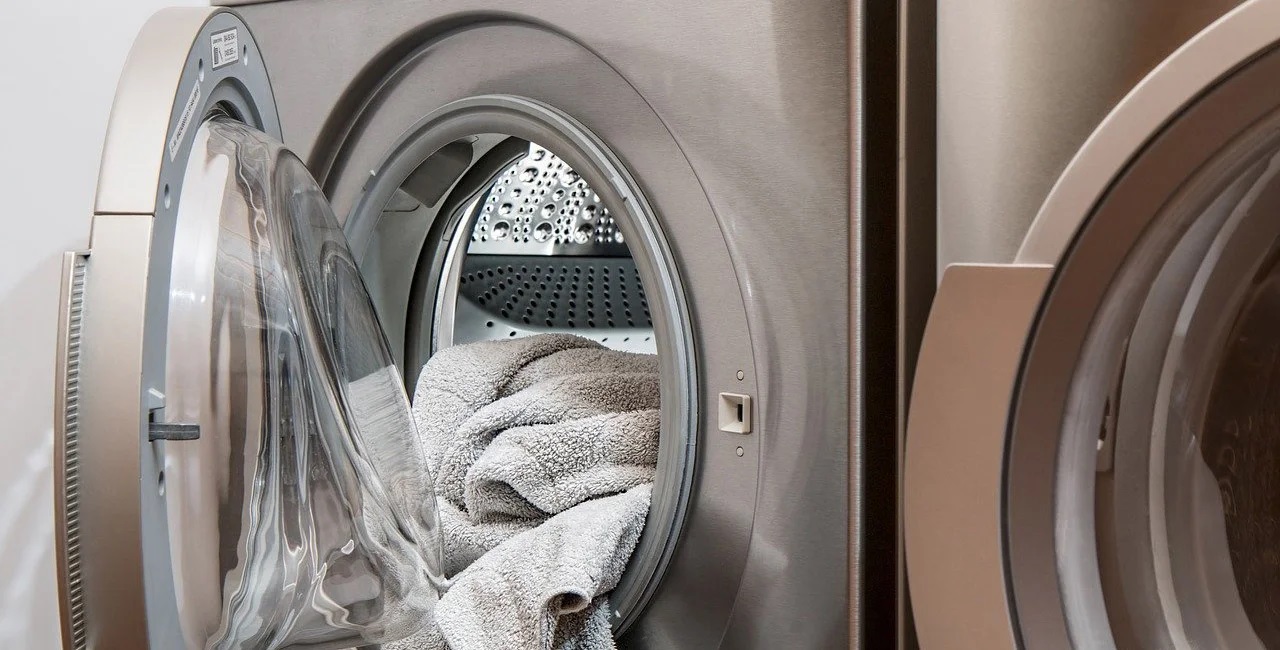
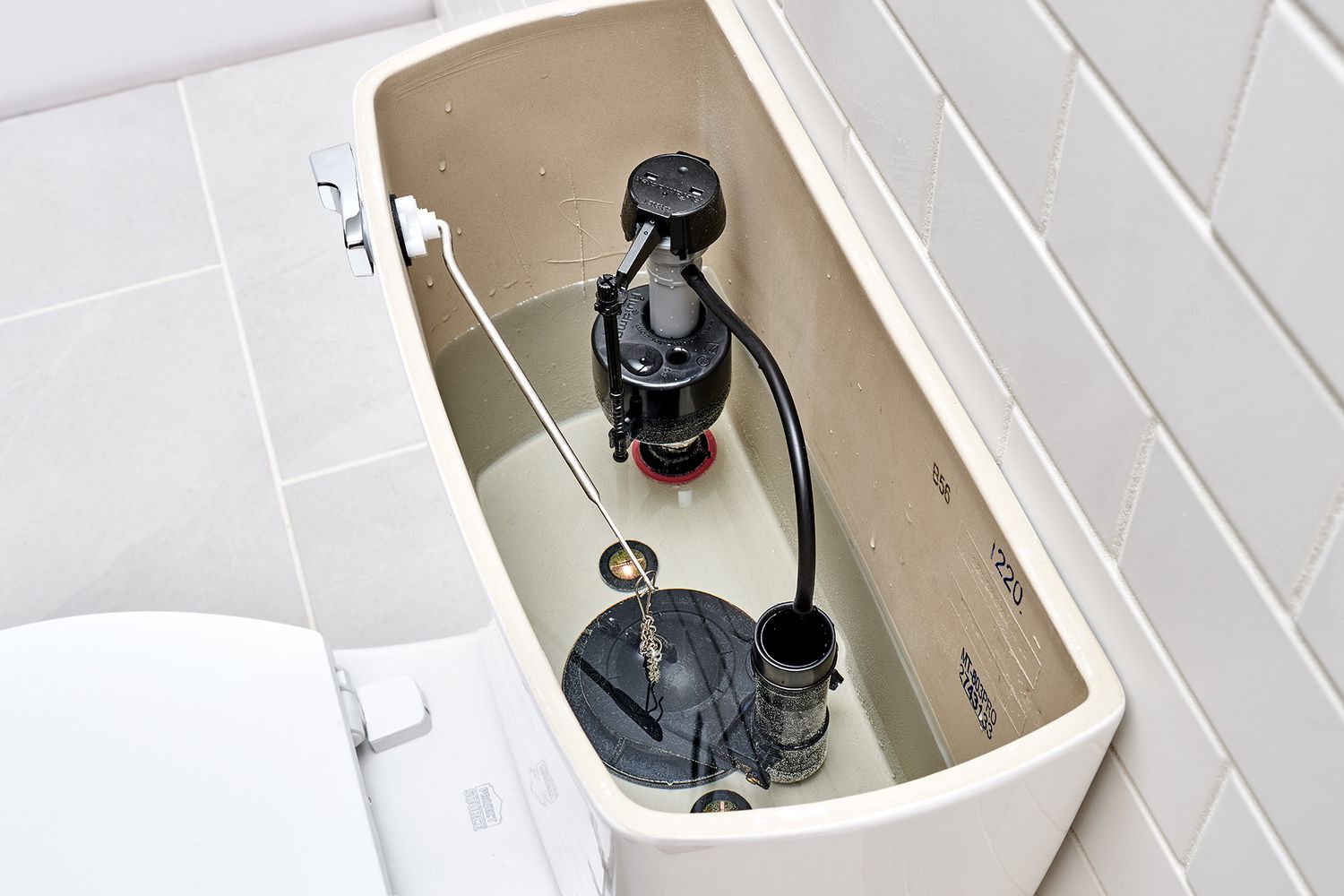
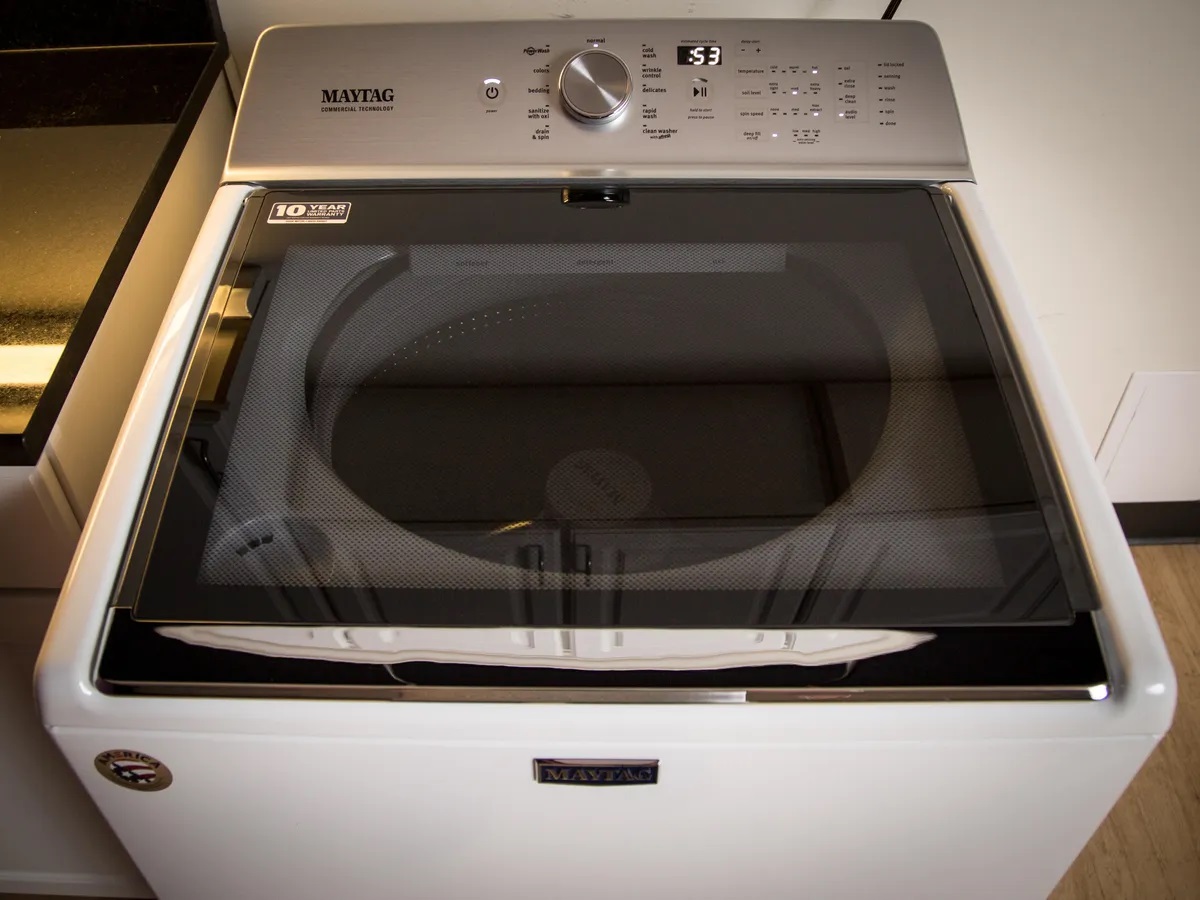
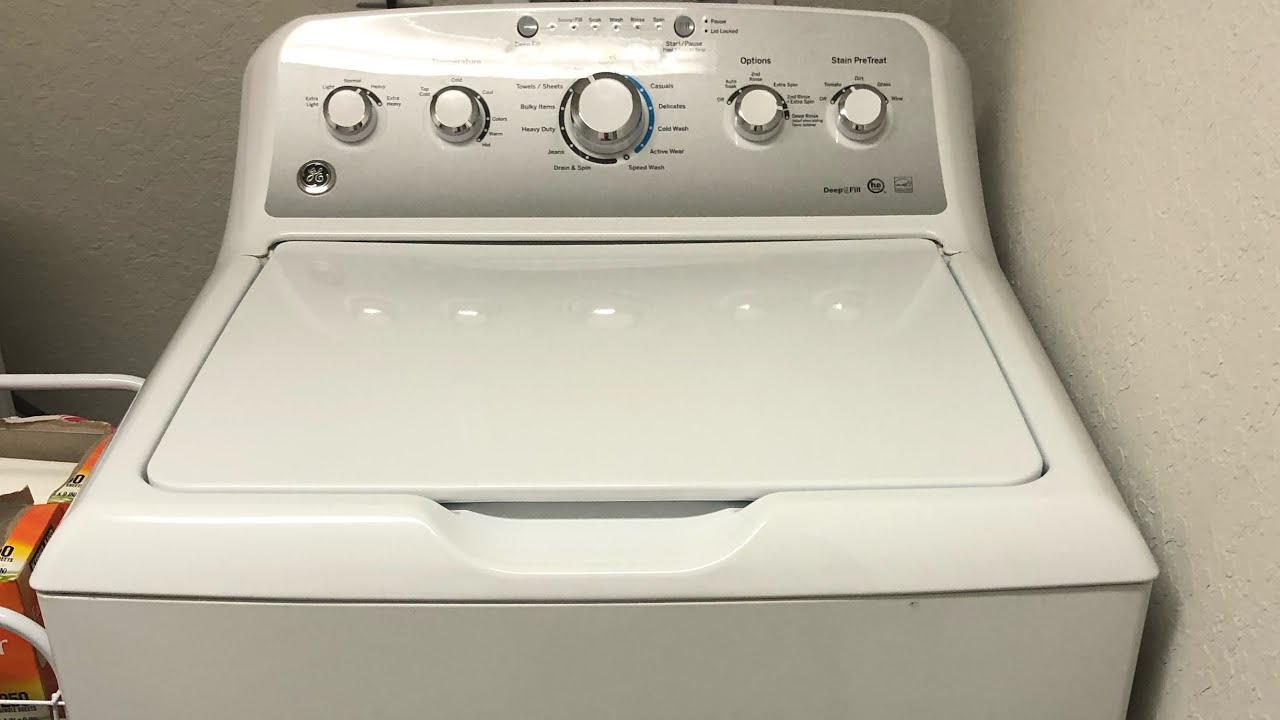
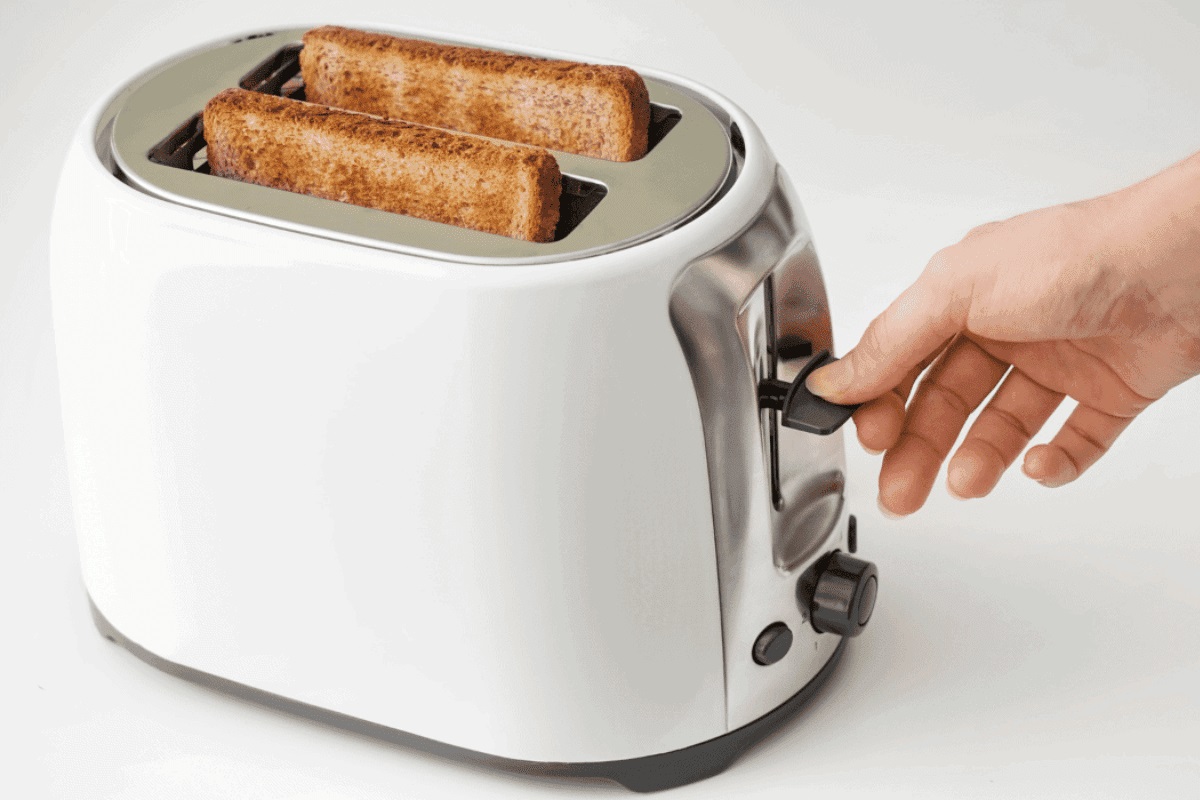
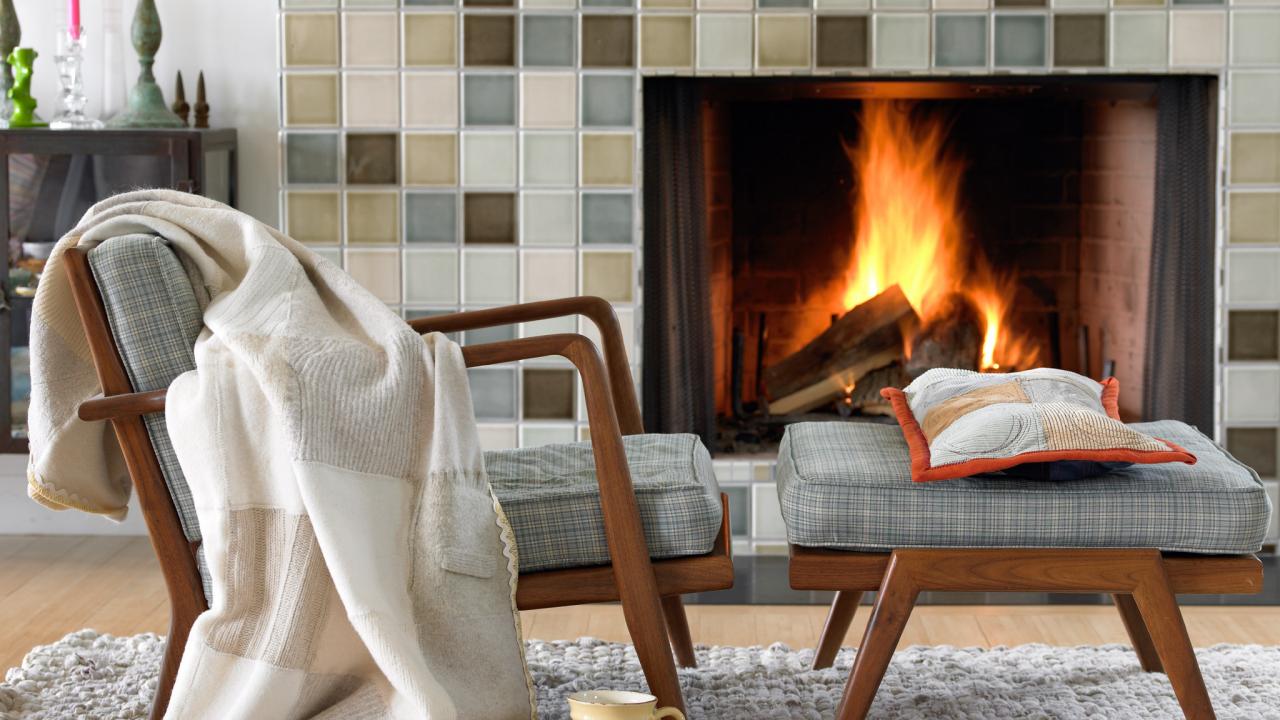
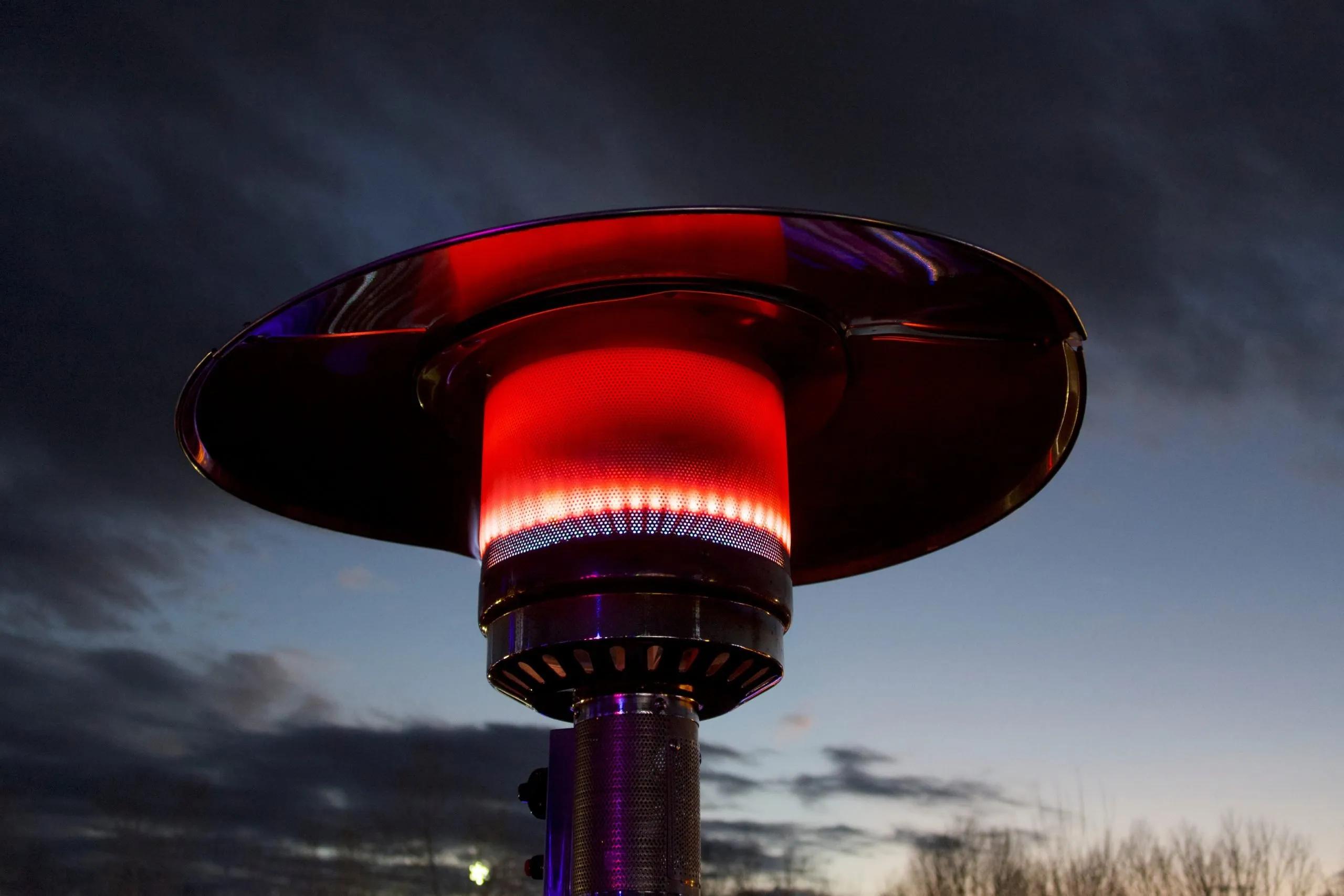
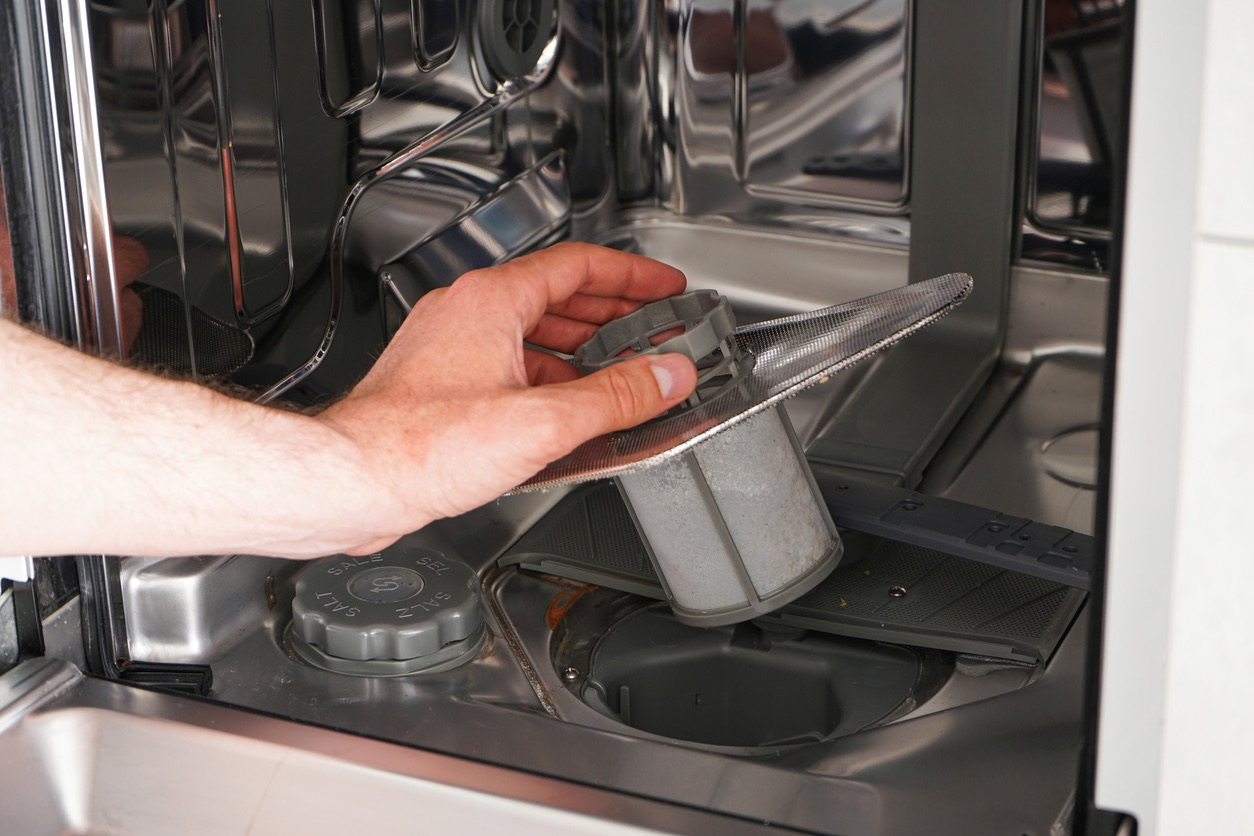
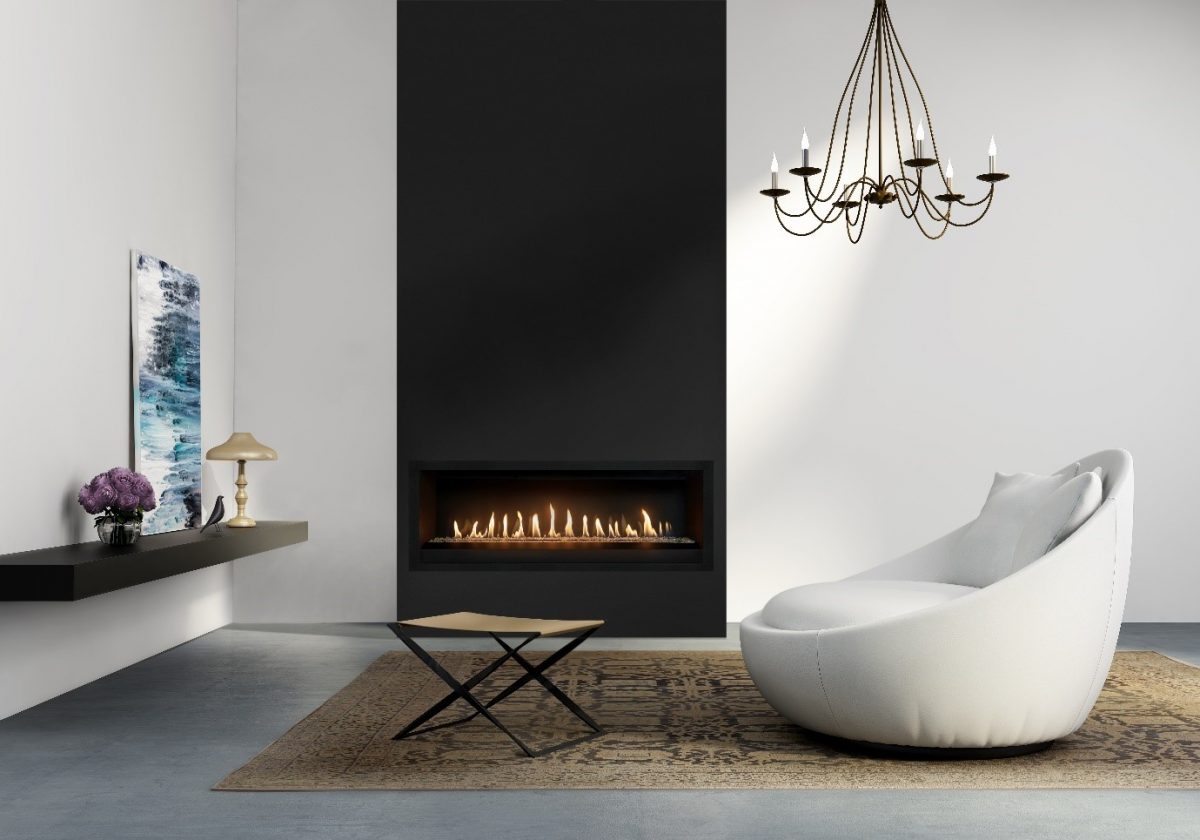
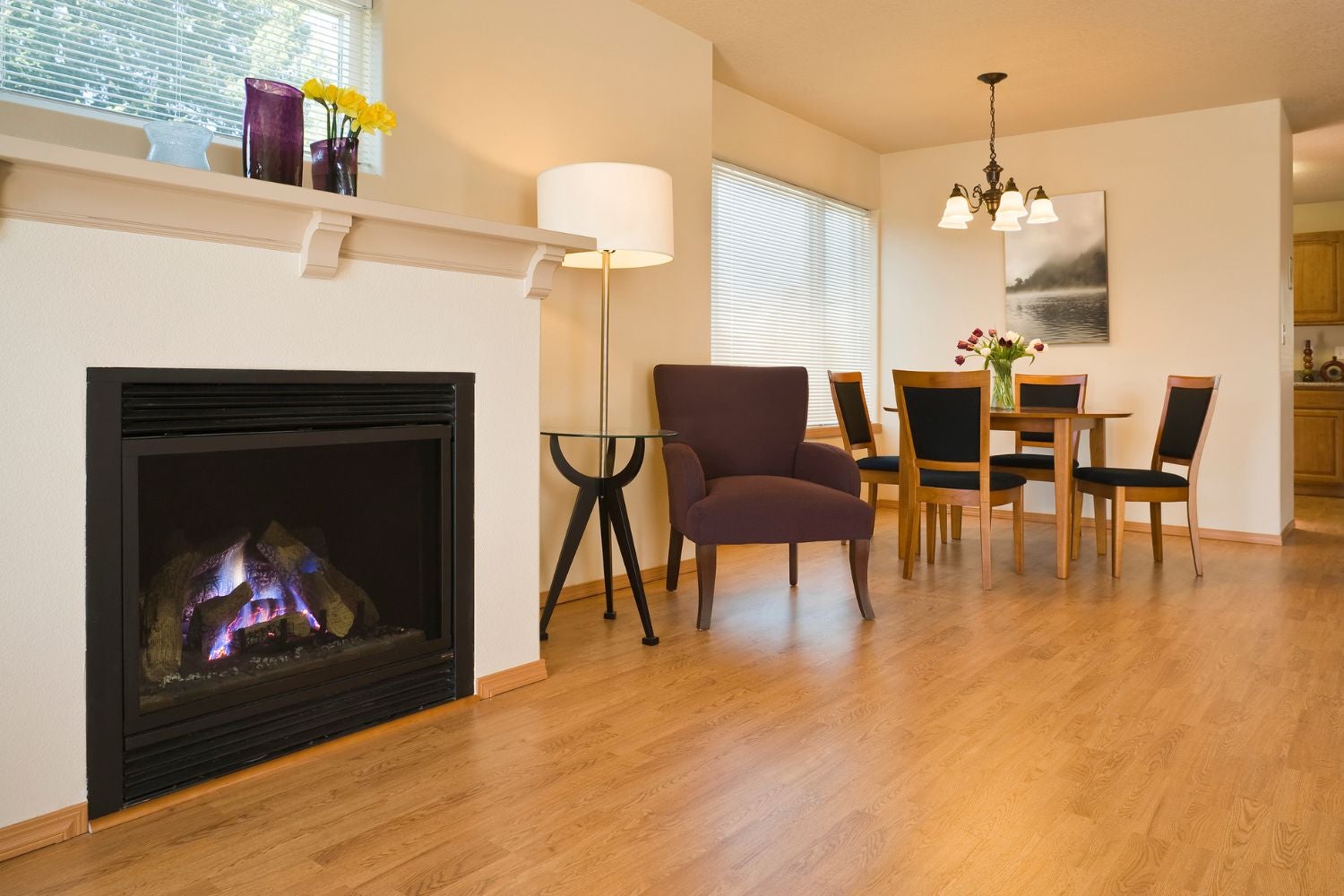
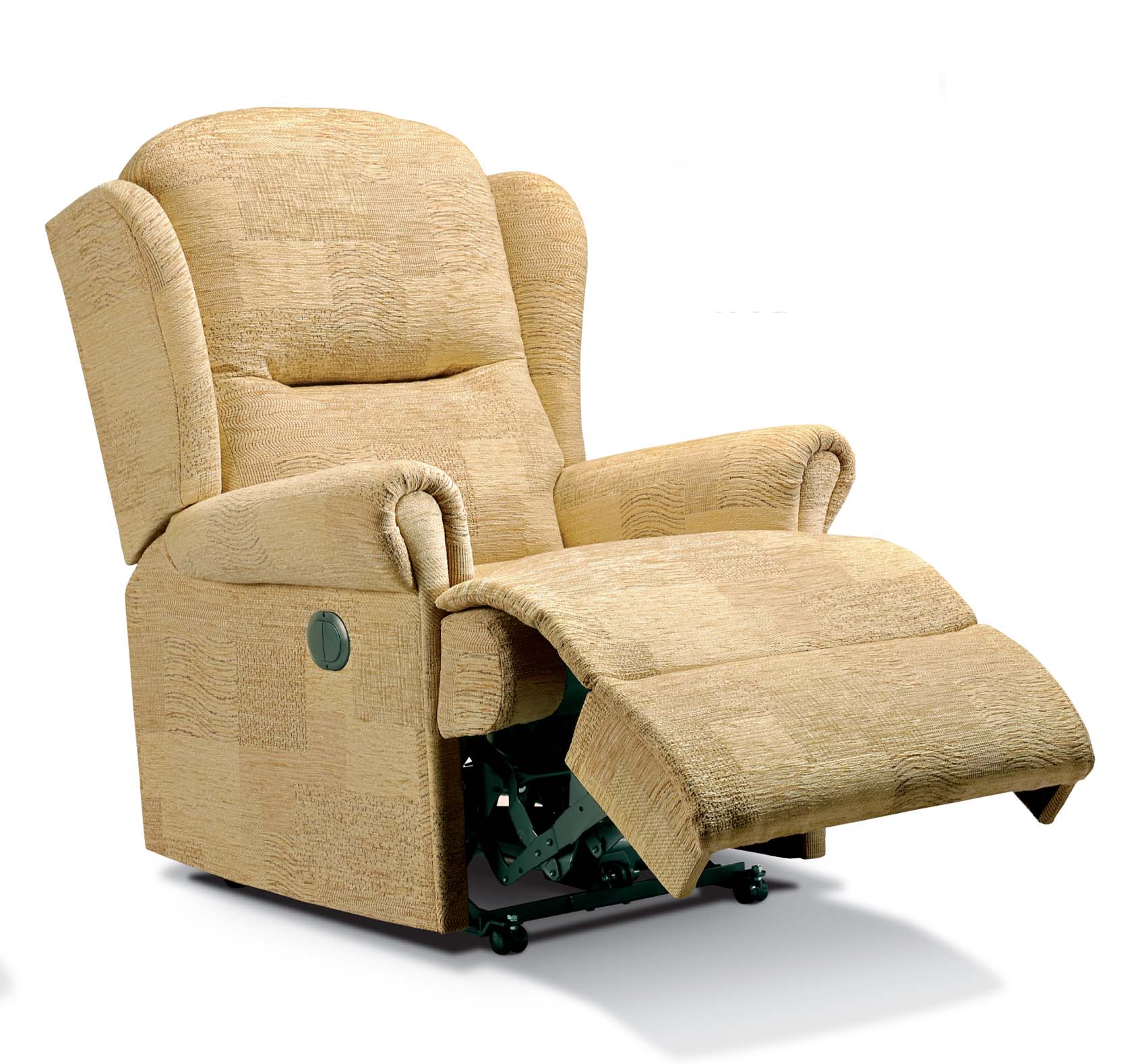
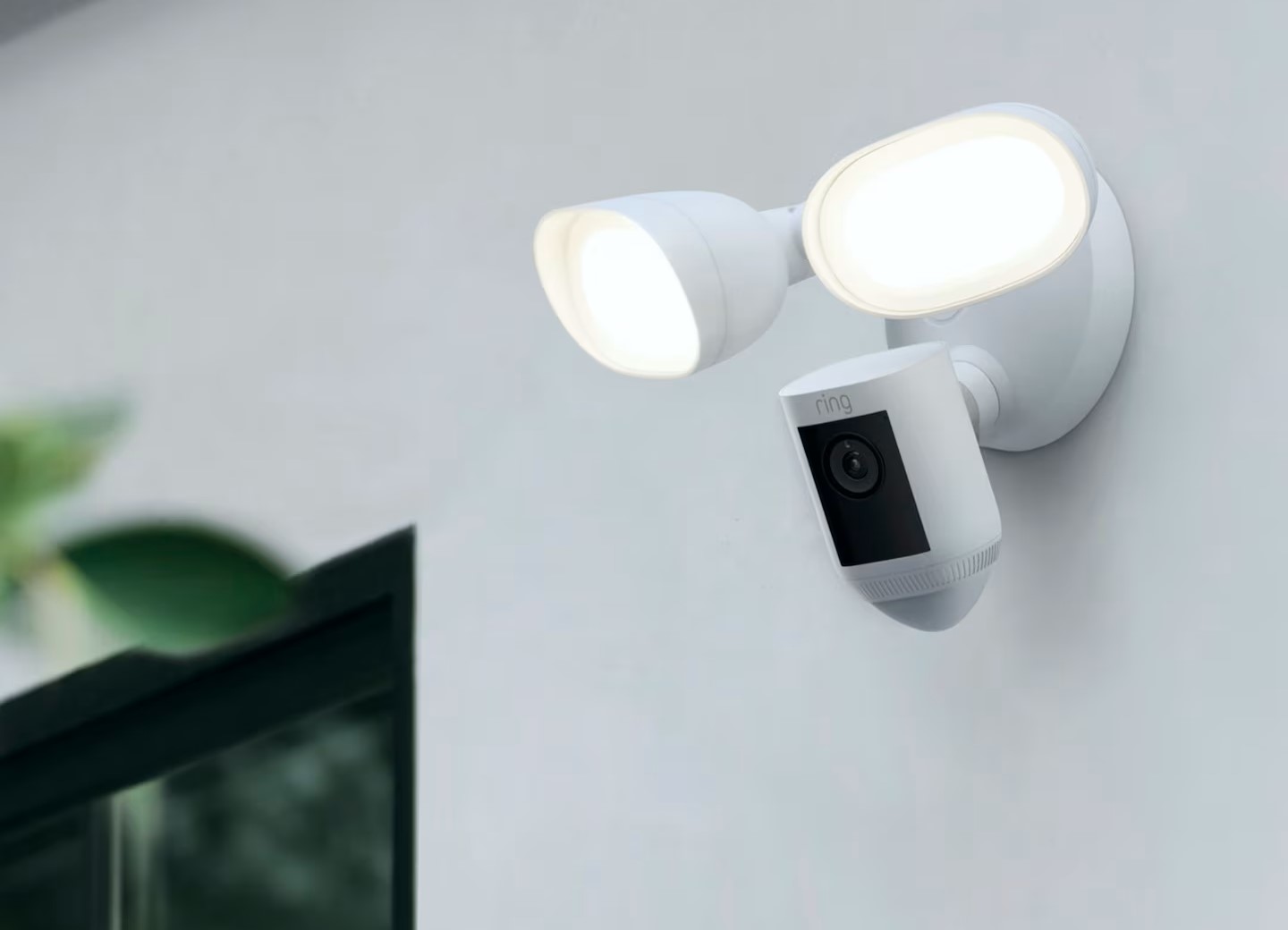

0 thoughts on “Why Won’t My Fireplace Stay Lit”